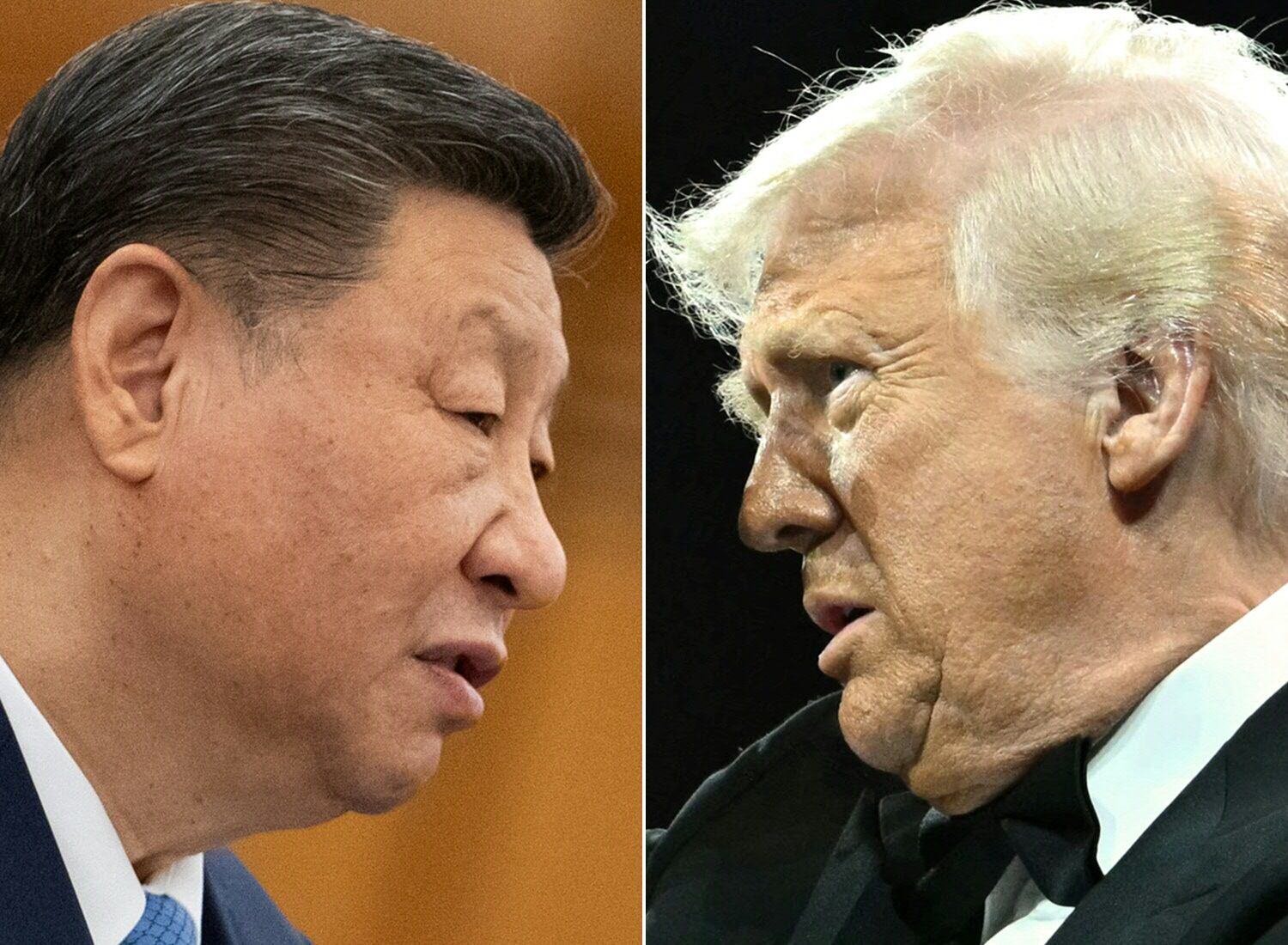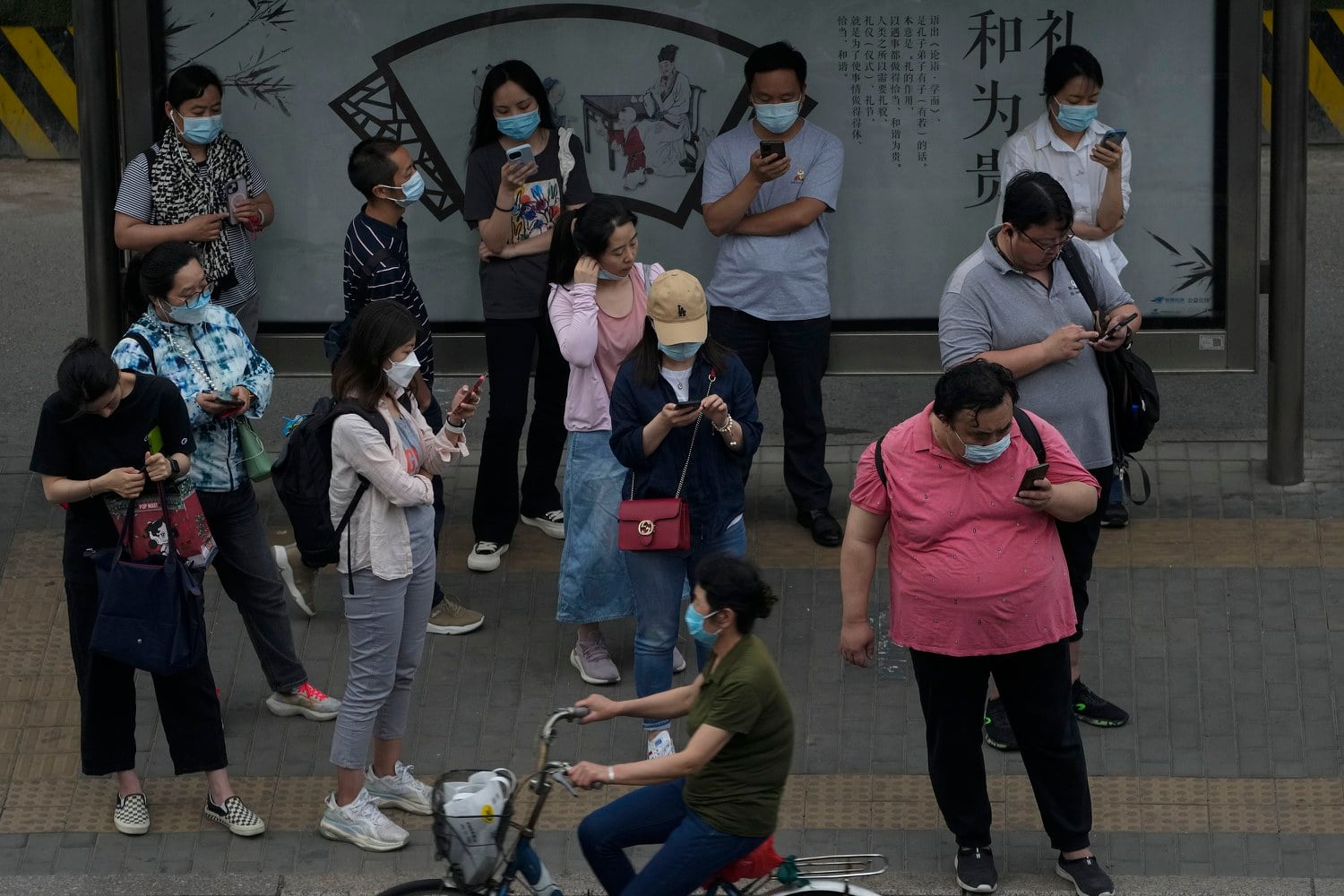At a recent recruitment drive, China’s state-owned nuclear company received nearly 1.2 million applications – a number that shocked netizens and fueled widespread concern about the growing challenges young graduates face in an already tough job market.
“We received 1,196,273 applications” for “1,730 core positions,” China National Nuclear Corp (CNNC) said on Saturday in a WeChat post, complete with a starry-eyed emoji.
The announcement inadvertently exposed the harsh reality confronting young Chinese jobseekers, who face fierce competition as millions vie for limited available positions, despite Beijing’s attempts to paint a rosy picture about its economy, experts said.
CNNC’s post drew immediate backlash on Chinese social media as netizens criticized the nuclear energy giant for being insensitive and using the struggles faced by job seekers as a key performance indicator (KPI) – or a quantifiable measure of success – that it can boast about.
“When I saw the post, my first reaction was despair. Have the pressures in finding employment become so great?” said one netizen named Zhang Zhang on Douyin, the Chinese version of TikTok.
“I worked so hard in school, carefully revised my resume, and applied seriously, but to you, I’m just a number – an insignificant one among 1.19 million people,” she said.
“It feels like I am being ridiculed. This feels like a public execution where you’re telling me I’m a failure and that there are so many other losers just like me.”
Others questioned the numbers, suggesting CNNC had exaggerated them.
CNNC later clarified in a separate post on Sunday that the 1,730 figure referred to job categories, not positions. It also said it would hire about 8,000 people from the total 425,284 individual applicants. Each applicant can apply for up to 20 positions, it said.
The open positions were in job categories such as nuclear science, geology and minerals, construction and engineering, and environment and chemicals, CNNC said.
CNNC’s recruitment drive was conducted at 12 top universities across 10 cities, with more than 3,100 students attending the career fairs, according to the company’s original WeChat post, which it quickly took down amid the public outcry online.
Contrary to China’s claims that its overall job market remained “generally stable" in 2024, rampant youth unemployment has left millions floundering, living at home, relying on delivery jobs, or, in what has become a growing trend, “pretending to go to work.”
The situation has spawned a hashtag on social media, #IPretendedToGoToWorkToday, with young people posting short videos to Douyin about what they do all day.
China’s jobless rate for 16-to-24-year-olds, excluding students, rose to 16.9% in February from 16.1% in January, according to data from the National Bureau of Statistics.
Youth unemployment levels hit a record 21.3% in June 2023, after which China stopped reporting the closely watched benchmark, publishing it only in December that same year after it revised its methodology to exclude students.
Prior to the Covid-19 pandemic, China’s youth jobless rate averaged 11.9% in 2019.
Reality of China’s job market
Against that backdrop, companies are typically flooded with more resumes than they can handle for posted vacancies.
“1.2 million people applied for 8,000 positions, which is about a ratio of 150 to 1. This is actually very normal in the current recruitment market,” said one influencer named Bole Talks Technology.
He said he’s met job-seekers who have sent out thousands of applications and without getting a single interview. He called the current job environment “cruel.”
His own company recently advertised a developer position and received more than 1,000 resumes within a few hours, forcing them to stop accepting applications the same day, he said.
Chinese social media platforms are flooded with videos of young job seekers talking about their woes in finding or holding on to a job.
“I didn’t expect reality to slap me in the face so quickly,” said one Douyin user named Yangxiguapi. “I’ve applied for jobs where there were a few thousand applicants, but some companies, including listed ones, ended up hiring only one or two people,” she said in the video.
“I’ve had three jobs in the past two years,” said another. “Either the company laid me off, or it ran out of money and couldn’t pay me. I’m struggling to live in Beijing,” she said.
He Fan, a young man who works at an internet company in Shanghai, told RFA that some of his colleagues who were laid off last year still haven’t landed a job.
“There are fewer positions. In the past, you might receive five interviews a week after submitting your resume, but now you may only receive one or two,” He said.
The rise of Chinese artificial intelligence firm DeepSeek has led to some improvement in job prospects in the tech sector, but the challenges of a fiercely competitive job market and a slowing economy remain, He said.
He said that news that CNNC drew 1.2 million applications has only deepened his pessimism about the job market and added to his fears about future prospects.
Jerry, a master’s degree student in China, said students are increasingly giving up their dreams of becoming entrepreneurs. Many rely on their parents’ connections and influence to land regular office jobs.
“The entire job market can be said to have gone from bad to worse. All office positions, without exception, are obtained through the connections of parents,” Jerry said.
Impact of US-China ‘tariff war’
Analysts expect the current job market challenges to be further exacerbated by the ongoing ‘tariff war’ between China and the United States.
“There are no jobs to begin with. The employment rate of college graduates is less than 30%. In other words, only 1 out of 5 people find a job,” said current affairs commentator Wang Jian.
“Even without the tariff war, it is expected that it will be more difficult for graduates to find jobs this year compared to last year. If you add the tariff war now, there is no doubt that the (Chinese) economy will be worse,” Wang added.
On Wednesday, US President Donald Trump raised tariffs on imports from China to 125% from 104%, just hours after China hiked its retaliatory tariffs against the U.S. to 84% and vowed to take “resolute and forceful” measures to protect its own interests. Trump took that step even as he announced a 90-day pause on ‘reciprocal’ tariffs for other countries.
With the private sector set to take a beating due to the ongoing Sino-U.S. trade war, more and more people are likely to seek out jobs at state-owned enterprises, viewing these as a safe haven, said analysts.
“Scenes like the CNNC receiving millions of resumes may become the new normal in the near future,” economist Si Ling told RFA.
“Chinese state media have been relentlessly painting a bright picture about the economy from 2024 to 2025, but CNNC’s spring recruitment figures directly contradict that narrative, revealing the economic optimism to be little more than a facade,” he said.
China set its official growth target at around 5% for 2025, but economists expect escalating trade tensions with the U.S. to hurt the world’s second-largest economy.
Editing by Tenzin Pema and Mat Pennington.



